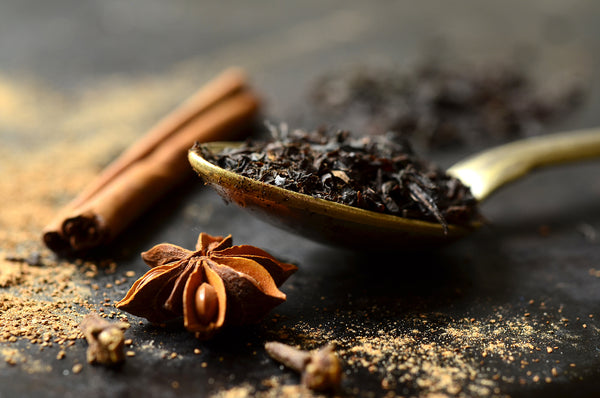What’s in a name; random letters after tea
Posted on January 09 2010
Drizzly and cold in Florida today and I’m so looking forward to the fire and a pot of tea this evening. I know most everyone is unhappy with the weather right now but we so rarely have the pleasure of a fire, wool clothes and comfort food.
As promised here is some info on flushes and random letters following tea.
Darjeeling FTGFOP-1, Margaret’s Hope, Second Flush:
“Darjeeling” designates the type of tea. “Margaret’s Hope” is the estate that the tea was produced on, and First flush indicates that the tea was produced in early spring. For Darjeeling teas you can expect the following characteristics for each flush (season).
1st Flush: Tea harvested in the spring characterized by a very light body and colour and a light, but often complex, floral aroma.
In between Flush: Just that. In between characteristics too.
2nd Flush: Harvested in the summer months. Richer body and more muscatel, fruity notes.
Autumnal: Less delicate, fuller bodied, darker cup and a bit more spicy.
And now for the letters:
FTGFOP, TGFOP, GFOP, FOP, OP (Whole leaf grades)
TGFBOP, GFBOP, FBOP, BOP (Broken Leaf)
BOPF, GFOF, OF, PF (Fannings)
PD1, PD, D1 (Dust)
The above “random letters” are an esoteric way to grade “orthodox manufactured” not to be confused with “CTC” manufactured black teas. The orthodox refers to a tea that is harvested in leaf form as opposed to “Crushed, Torn and Curled” by a machine.
Each subcategory (whole leaf, broken leaf, fannings, dust) is graded for uniformity of leaf, amount of golden tips present and other visual cues most of us just wouldn’t care about. Fanning and dust teas are exclusively used in tea bags and we’ll leave those alone. Very quickly FTGFOP means Flowery Tippy Golden Orange Pekoe. Yes, Orange Pekoe has nothing to do with oranges and it can practically come from any part of the world. It is just the type of leaf used to produce the tea. The less tips (tips provide flavour complexity and often smoothness and a light body) and the less uniform the leaves the fewer the letters after the tea. A “B” means the leaf is broken which can be a good thing if you like a strong, darkly coloured tea. Avoid anything with an “F” or a “D” in it which stand for Fannings and Dust, otherwise referred to as sweepings.
If you are not asleep already and would like to know more about this check out the article on tea grading on Wikipedea http://en.wikipedia.org/wiki/Orange_pekoe keeping in mind that “Orange Pekoe” isn’t sometimes spelled “Orange Pecco” but is sometimes pronounced that way.
In the next update info on Oothu, India’s oldest organic tea estate and a recipe for our vegan Red Lentil and Coconut Soup.


0 comments